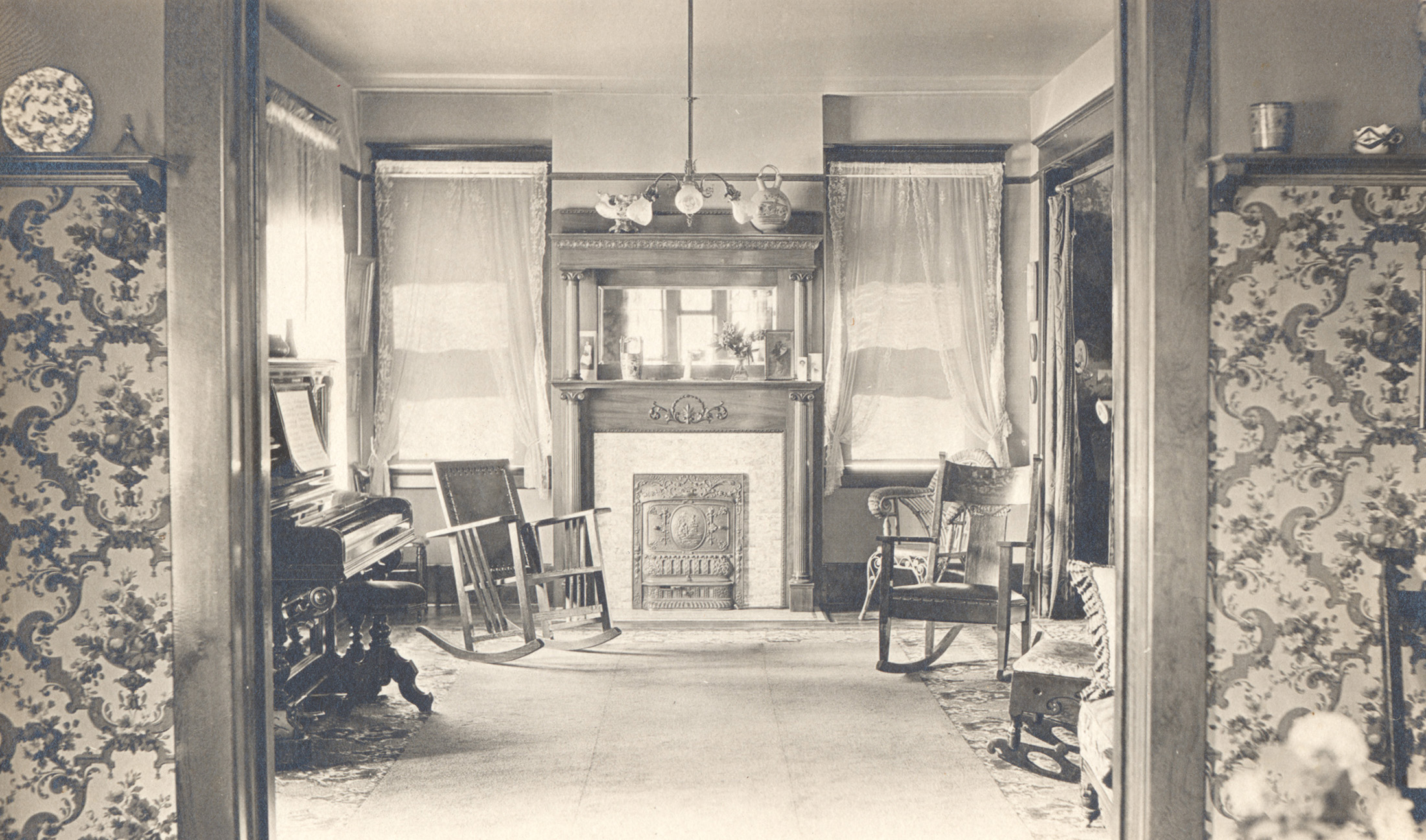MTA Ignores Fiduciary Duty, Approves Revised Yards Plan
If you read the Atlantic Yards Report’s account of yesterday’s MTA hearing that resulted in a 10-2 vote approving the sale of the Atlantic Yards to Forest City Ratner at a drastically reduced price (in both present and expected value terms), it’s hard not to come to the conclusion that either (a) the people that…
If you read the Atlantic Yards Report’s account of yesterday’s MTA hearing that resulted in a 10-2 vote approving the sale of the Atlantic Yards to Forest City Ratner at a drastically reduced price (in both present and expected value terms), it’s hard not to come to the conclusion that either (a) the people that sit on the MTA Board ain’t too bright or (b) the fix was most certainly in. Or (c) both. The heart of the MTA’s fallacious position was encapsulated by board member Jeff Kay’s defense of the new pricing structure: The market is what the market is, declared board member Jeff Kay.” Um, except that the board rejected a higher price from Extell back in 2005 and has refused to either get a current independent appraisal or solicit new offers to find out what the market price really is. (In fact, at yesterday’s hearing Daniel Goldstein made an offer on behalf of DDDB of $120 million for the property over 12 years—the details of the offer are posted here.) The board ignored Assemblyman Jim Brennan who tried to remind the MTA that it is legally bound not to squander its assets; he also pointed out that the Public Authorities Accountability Act requires an independent appraisal. Council Member Letitia James pointed out the irony that taxpayers bailed out the MTA and now the MTA is bailing out a private developer, adding How can you sell off a valuable public asset without considering market value? Goldstein also said that it’s likely his group will sue the MTA for its actions. Anyway, there’s no point in rehashing the entire play-by-play here. Go read the Atlantic Yards Report’s detailed account and watch the video above.
MTA Approves Deal 10-2 Despite Warnings [AY Report]
Atlantic Yards Project Enters a Crucial Period [NY Times]
Bailout! State Cuts New Deal to Save Stalled Yards [NY Post]
MTA Signs Off on Sweet Atlantic Yards Deal [NY Daily News]
MTA Approves New Deal for Atlantic Yards [WNYC]





Where are all the pro-Ratner shills who said this is a great deal because the MTA gets $200K a year to rename the Atlantic Ave. station–and lambasted anyone who disagreed?
Can you imagine if the school system decided to deal with a particular contractor even though they submitted a bid several times worse than a competitor?
Or if the NYPD wanted to buy mercedes squad cars because they decided in their wisdom that benzes were best?
Illegal, right?
Why is this any different?
“On a conceptual level”, LOL!
ITM- the subway system is not real estate, like a building. It’s crucial infrastructure and in fact its value as an infrastructure and as a service should be higher because the need is ever greater.
The yards were lowballed for Ratner, who can’t even come up with the money he promised. But at some point something will get built there- its prime RE, not a deteriorating building or part of the MREB. The MTA turned down a higher offer. More shame to them.
LOL the R train ranks dead last in cleanliness probably cuz I ride it!
*rob*
The cleaners are told to sweep, usually they only mop if there is vomit or feces. My Dad is surface not subway but they talk with the subway guys all the time. The pole thing is definitely true on buses.
Speaking of, this article just came out today:
***
Subway Cleanliness
The Annual ‘Shmutz’ Report
No. 7 Line Is Rated Cleanest. Don’t Ask About the R.
By Michael M. Grynbaum
subway train
Queens commuters and Mets die-hards, rejoice: the No. 7 train, which stretches west to east from Times Square in Manhattan out to Flushing, Queens (with a stop at Citi Field in between), is the cleanest line in the New York City subway system.
But if you’re headed to Bay Ridge, out to Forest Hills, or just heading down Broadway in Midtown — well, better take a Kleenex or two. The R train ranked dead last, with just 25 percent of cars considered clean. (Its sometime-companion train, the N, clocked in at a not-much-better 29 percent.)
The Straphangers Campaign, an advocacy group for riders that is part of the New York Public Interest Research Group, issues a report each year ranking the subway lines by cleanliness.
That’s according to the 10th annual “Shmutz†survey, issued on Thursday by the Straphangers Campaign, an advocacy group for riders that is part of the New York Public Interest Research Group.
While the Metropolitan Transportation Authority runs its own occasional cleanliness study, those results are not broken down by line. And the last report by the transportation authority pronounced 91 percent of the system’s cars clean — a figure some subway riders may consider a tad optimistic.
In the Straphangers’ report, 57 percent of all cars were deemed clean, up slightly from the overall 50 percent rating in 2007.
The No. 7, at 84 percent tidy, reclaimed the top spot from the L, which fell precipitously to 62 percent from an 88 percent rating last year. (The two crosstown lines are part of an initiative by the transportation authority to assign a dedicated manager to individual subway lines.)
What makes for a clean ranking? “Basically dirt free,†according to the Straphangers’ methodology, although “light dirt†and “occasional ‘ground-in’ spots†can still pass muster.
The N, despite being outfitted with those snazzy new cars with the digital readouts, suffered the year’s worst decline, falling to second-to-last on the list after recording a reasonable 63 percent rating in 2007.
The J (whose partner, the Z, narrowly avoided death this year), enjoyed the biggest improvement, up to 78 percent from 33 percent clean last year.
“It is encouraging to find an increase in clean cars,†said Gene Russianoff, the Straphangers’ staff lawyer. “But we are very concerned that cuts in cleaners will result in dirtier cars.â€
Mr. Russianoff was referring to the authority’s 2010 budget, which includes a reduction of about 4 percent in the system’s cleaning staff.
The Straphangers dispatched 29 surveyors to examine 100 cars on 22 lines, excluding the 42nd Streets, Rockaway and Franklin Avenue Shuttles. The survey took place between September and December of last year.
Here’s the complete rundown:
* Nine lines improved: 4, 5, A, B, D, E, J, M and V.
* Five lines worsened: 1, G, L, N and R.
* Eight were statistically unchanged: 2, 3, 6, 7, C, F, Q and W.
On a conceptual level – if real estate assets of all types, including land, have significantly depreciated in value over the past 24 months and will most likely continue to lose value over the coming months/years why would this particular asset behave any differently? Today, sellers of real estate are constantly being berated in on-line forums such as this one for not making adjustments in their expectations (on average the Brownstoner appraisal widget indicates a 30% discount to asking). Why is everyone now suggetsing that these sellers (MTA) hold to their prior expectation?
They do not clean the poles.
Because my Dad works for the MTA.